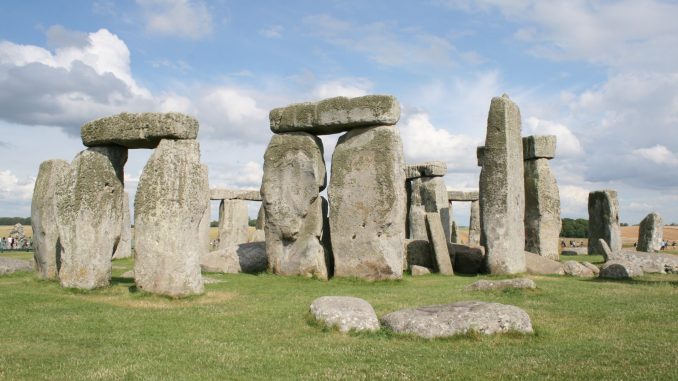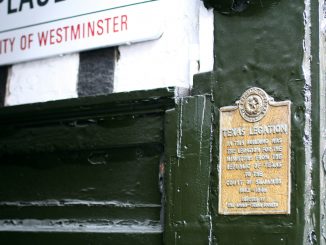
Stonehenge, officially known as ‘Stonehenge, Avebury and Associated Sites’, located in Wiltshire, England is a prehistoric monument that consists of a ring of standing stones. Archaeologists believe that Stonehenge was constructed between 3000-2000 BC but even with radiocarbon dating the exact dates will remain a mystery.
The construction of and the original use of the monument is still hotly debated and the theories range from it being a primitive calendar to a ritual pagan meeting place. There is good evidence that Stonehenge could have doubled as a burial ground from its earliest days since human bone deposits dating to as early as 3000 BC have been uncovered at the site.
Considered one of Great Britain’s most recognizable sites, Stonehenge has been a legally protected Scheduled Ancient Monument since 1882 and was added to UNESCO’s list of World Heritage Sites in 1986.
Stonehenge Facts
- Stonehenge consists of a total of 83 stones.
- Two different types of stones were used in the construction. The larger stones are sarsens and the smaller stones are bluestones.
- The Aubrey Holes are a circle of 56 pits that sit inside the enclosure. Their exact purpose is still unknown.
- The sarsen stones weigh an average of 25 tons each while the bluestones weigh between 2 and 5 tons each.
- The largest stones are up to 30 feet (9 meters) tall.
- The bluestones were transported more than 150 miles from the Preseli Hills in Wales to their current site.
- Stonehenge was purchased by a local resident named Cecil Chubb for £6,600 at auction in 1915. Chub donated the site to the national government three years later.
- In recognition of his donation of the site to the national government, Cecil Chubb was knighted.
- While the site is recognized as sacred by modern-day druids (neo-druids), the construction predates the original druids.
- In 1877, Charles Darwin studied the earthworms at the site and concluded that they were partially responsible for the sinking of the stones.
- There are several ancient stone circles throughout Great Brittan and Stonehenge is not the oldest or largest.
- Avebury is the largest ancient stone circle and is 25 miles north of Stonehenge.


